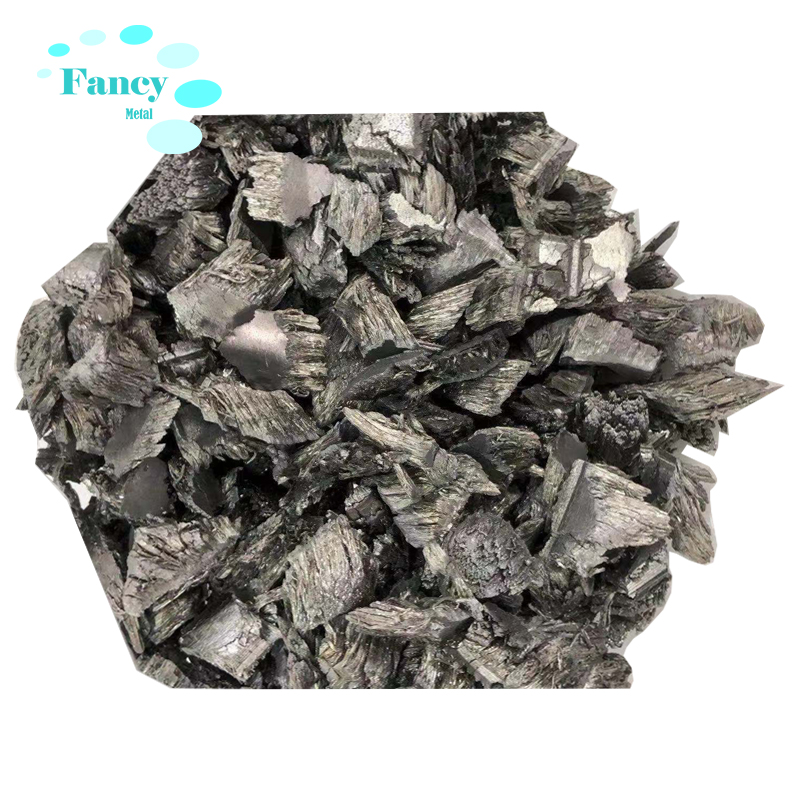Fancymetal offers high purity (customizable) metal products, as well as oxides, product shapes, foils, plates, wires, tubes, rods, powders and a variety of custom shapes.
We also have other europium products:
Europium
Europium Metal
Europium flakes
Europium oxide
Europium boride
Europium sputtering targets
Europium is a silvery white metallic element that can burn into oxides; oxides are nearly white. Europium is an iron-gray metal with a melting point of 822°C, a boiling point of 1597°C, and a density of 5.2434g/㎝³; it is the softest and most volatile element among the rare earth elements. Europium is the most active metal among the rare earth elements: at room temperature, europium immediately loses its metallic luster in the air and is quickly oxidized into powder.
Applications:
✔ Used in phosphors
✔ Stimulated emission phosphors for new X-ray medical diagnostic systems
✔ Europium oxide can also be used to make colored lenses and optical filters
✔ Shielding materials and structural materials
✔ Can be used as phosphors for color TV sets. These phosphors emit a bright red color and are used to make TV screens
Manufacturing methods:
Usually vacuum distilled europium oxide and metallic lanthanum are reduced to produce
Method for preparing ultrafine high-purity europium oxide from europium-rich rare earth hydrochloride.
A method for preparing ultrafine high-purity europium oxide from europium-rich rare earth hydrochloride is based on europium-rich rare earth hydrochloride as raw material
Advantages:
✔Strict quality control of raw materials and processes
✔Fast delivery: 1-3 days after order confirmation
✔Technical support: 24 hours via email
History:
The story of europium is part of the complex history of rare earths, also known as lanthanides, which began with the discovery of cerium in 1803.
In 1839, Carl Mosander separated two other elements from cerium: lanthanum and an element he called didymium, which was actually a mixture of praseodymium and neodymium. In 1879, Paul-Émile Lecoq de Boisbaudran isolated samarium, but it was still impure.
In 1886, Jean Charles Galissard de Marignac extracted gadolinium from it, but the story was not over yet.
In 1901, Eugène-Anatole Demarçay carried out a series of painstaking crystallizations of samarium magnesium nitrate and then isolated another new element, europium.

